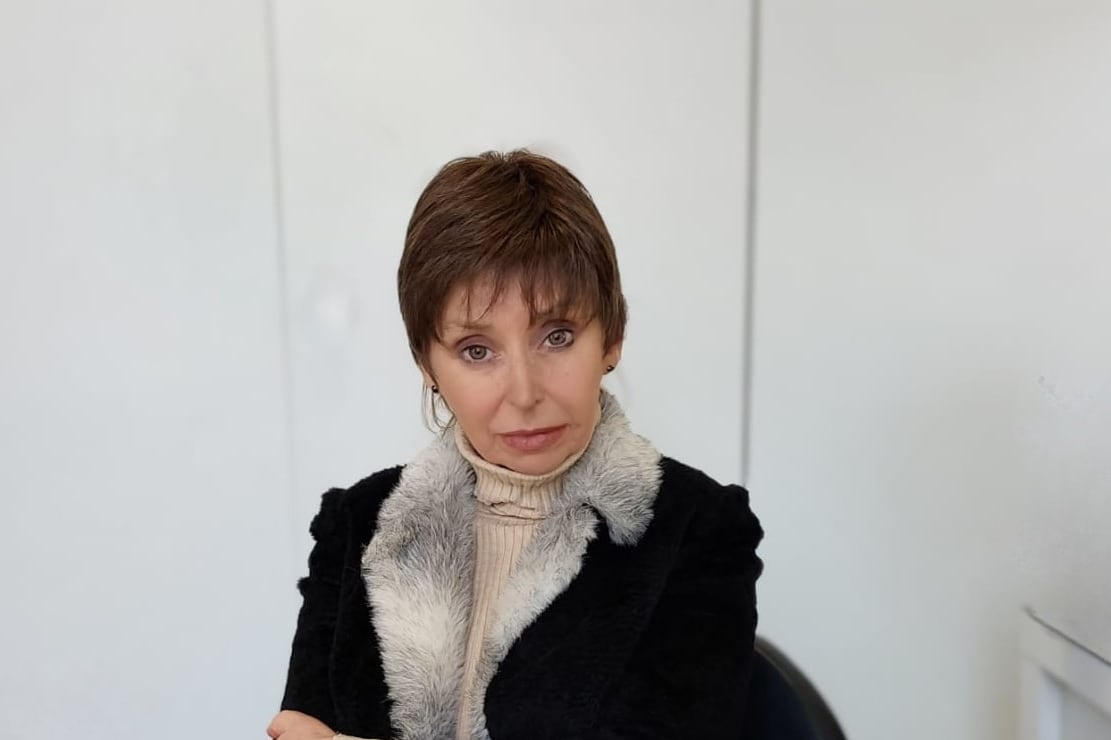Last summer, Druid Theatre Company in Galway staged a revival of Tom Murphy’s 2000 play, The House. The programme featured an essay by Nicholas Grene, Home Is Where?, which focused on the play while ranging knowledgeably through Murphy’s entire oeuvre.
I remarked to my wife, “It’s great to have Nicky Grene writing on Irish theatre again”. The following day I received an announcement from Oxford University Press that Grene had just published a new book on 21st-century Irish theatre. But, I thought to myself, the 21st century is scarcely under way. I then realised that it’s coming up to a quarter century. Twenty-three years is a long time in terms of theatre history: text-based productions in conventional indoor seated theatres before (hopefully) large audiences have partially given way to site-specific productions in the open air before three to five people.
And Nicholas Grene steals a march on his subject by beginning his study in the 1990s. This means he can consider the theatre careers of a good many playwrights, such as Marina Carr, Mark O’Rowe, Billy Roche, Enda Walsh, Conor McPherson and Martin McDonagh, whose careers first gained traction in that decade before continuing confidently into the new century.
The plays of the 1990s continue the obsession with language that had been such a feature of the canonical plays of Synge and O’Casey. Enda Walsh is described as word-drunk. But the language no longer has lyrical interludes. This process is described as “uglification” (itself a rather ugly phrase), in which (as in the case of Walsh) he virtually invents a new language. The contemporary playwrights work off dialect, like Synge before them, but the verbal milieu is that of the Dublin criminal underworld rather than a rural idiom.
READ MORE
Nicholas Grene has been writing about Synge since his early twenties, first in his PhD at Cambridge, then in his first book. He writes here with the fluency of a lifetime’s acquaintance with the playwright, contrasting the more eloquent passages in Synge’s plays with lines such as the following from Martin McDonagh’s Beauty Queen of Leenane:
MAG: Wet, Maureen?
MAUREEN: Of course wet.
MAG: Oh – h.
Synge is the most adaptable of playwrights, and Grene examines how the Abbey Theatre chose in 2007 to mark the centenary of the riotous first week of The Playboy of the Western World with a version by Roddy Doyle and Bisi Adigun. The play was modernised and moved to west Dublin, where the gangland setting suddenly admitted a Nigerian immigrant and asylum seeker, Christopher Malomo. Grene is critical, saying in playing to a “popular audience” it opted for “easy laughter”. I was rather struck by the fact that this audience was unfamiliar with Synge and his play and reacted as an original audience might have to such dramatic surprises as Christy’s supposedly dead father putting in an appearance.

A production that emerges with particular impact in this first half of the book is Donal O’Kelly’s Catalpa (a play from the 1990s). This is a one-man show in which the author single-handedly tells the epic story of a prison breakout by Irish Fenian prisoners in Australia. As well as playing multiple parts, his script is full of “verbal and aural sound effects created for each scene”. O’Kelly by no means takes the conventional heroic nationalist line on the escapees. Rather, he chose to undermine “the heroic Fenian narrative and the macho masculinity that underpins it”.
Grene tells how O’Kelly in 2023 “took the principled decision that he would not perform it again”. This was because he felt that the play “risked reinforcing rather than challenging gender and racial stereotypes”. O’Kelly, described by Grene as “an actor, political activist and playwright”, surfaces again late in the book in its final section on race, where we are reminded that the “first play on the Irish stage with an African as central protagonist was Donal O’Kelly’s Asylum! Asylum!” (Abbey, 1994).
As anyone who saw Donal O’Kelly’s performance in the film of Roddy Doyle’s The Van will recall, he is an extremely gifted comic performer. But as his welcome prominence in Grene’s book serves to remind us, there is a great deal more to him than that.
The 21st century covers the post-Belfast Agreement play. As one might expect, more than 30 years of sectarian strife and violence cannot be dissolved with a wave of the wand. The legacy lingers and colours plays by such Northern authors as David Ireland and Stacey Gregg. But most central of all is Owen McCafferty (the one playwright born in the previous century, during the Troubles). His contribution continues: Agreement has just concluded a successful run in Dublin at the Gate Theatre, having opened first in Belfast at the Lyric Theatre.
His 2012 play Quietly seeks “a local resolution ... to a single horrific incident from the time of the Troubles in a face-to-face encounter between two of the people involved”. Ian at 16 had thrown a bomb into a pub on the orders of the Ulster Volunteer Force. The play is set in the pub 30 years later, where Ian has asked for the meeting with Jimmy, son of one of those killed. There are tense moments throughout the play, and the eruption of physical violence is never far away. But as Grene puts it: “The anger and guilt by degrees are channelled into memory, confession, contrition.” There is some degree of reconciliation by the end, but no facile “friendship”. Jimmy’s last words to Ian are: “Don’t ever come back here.”
On three occasions in this century (2006, 2016 and the pandemic double 2020-2022) Grene was a judge in The Irish Times Irish Theatre Awards. In each year he saw about 150 shows. Each year is given a State of Play panoptic chapter surveying those shows, in which many names are discussed.
The outstanding year for commemoration is 2016, and not just for the Easter Rising; it was also the centenary year of the Battle of the Somme, and the Abbey marked the occasion with a memorable production of Frank McGuinness’s Observe the Sons of Ulster Marching towards the Somme. Many more Irish men were killed in that event than in the GPO and its environs. An extraordinary number of theatrical commemorations of the Easter Rising took place, many of which are discussed here. For me the most memorable was Signatories, UCD’s contribution, staged in Kilmainham Gaol, where the seven rebel leaders were executed in May 1916.
The site-specific phenomenon developed over the course of the new century. Grene first discusses Cork’s Corcadorca Theatre Company, whose 2006 production of Shakespeare’s The Tempest made good use of a lake and the natural environs for its staging. But in early site-specific productions there was rarely any direct connection between where the play was staged and its subject matter. This all changed with the arrival of ANÚ productions in 2009 cofounded by theatre director and writer Louise Lowe and visual artist Owen Boss. Their most important production was Laundry, set in the St Mary Magdelene Asylum, one of the notorious Magdalene laundries, where “fallen women”, mostly unmarried mothers, were incarcerated and put to work as slave labour. The audience were directly involved: as Grene writes, “they were propositioned for help, were buttonholed by monologuing strangers, were shouted at angrily”.
The audience was restricted from three to five, and the location in this instance was the “prison-like atmosphere” of a derelict building on Montgomery Street, or Monto as it was known in Dublin parlance. The smell of carbolic soap was pungent and lingering. Such site-specific performances provided theatre at its most direct and involving.

The greatest change by far in the period was the movement of women from the sidelines to the centre of Irish theatre. When the Abbey Theatre programme for the commemoration of 1916 was first announced, all but one of the eight contributors were men. Grene interviewed a range of female theatre makers for the book and one of them, director Caitríona McLaughlin, recalls: “I couldn’t believe it. I was really disappointed to see how few women were included.”
She was one of the 50 women theatre makers who banded together in 2016 as the Waking the Feminists movement and is now artistic director of the Abbey Theatre. Grene points to the huge change in a mere eight years: ‘Both the Abbey and the Gate now have women artistic directors, Caitríona McLaughlin at the Abbey and Róisín McBrinn at the Gate, and for the first time ever in the Dublin Theatre Festival of 2023, the two theatres produced plays by women [Nancy Harris and Erica Murray].’
Grene pays particular attention to that sublime farceur, Sonya Kelly, and her plays The Wheelchair on my Face, How to Keep an Alien (from Australia, not from Mars) and The Last Return. In the last, Anna Healey got great comic mileage as Ticket Person, “completely uninterested, [sitting] in the box-office of the theatre foyer, repeating the one monotone message: “The [play] is sold out. If there are any returns, they will be distributed 10 minutes before the performance begins.” The Newspaper Man, the Umbrella Woman and Military Man sit waiting in line; each has “a ridiculous reason for being desperate to see the show”. It was the funniest show I had seen in years; I hope it sold out and offered returns.
This book serves to remind us of how much outstanding Irish theatre has been produced in the 21st century by men and women. An important element in that has been the contribution of The Irish Times Irish Theatre Awards. The awards were “paused” two years ago and are sorely missed. Nicholas Grene’s comprehensive and wonderfully written monograph deserves a wide readership.
Further reading
Patrick Lonergan’s Contemporary Irish Drama and Theatre Since 1950 (Methuen Critical Companions). The sixth chapter covers Enda Walsh’s Walworth Farce, Synge and Irish interculturalism, experimental theatre practice in Ireland after the crash of 2008, and the theatre in Northern Ireland after the Belfast Agreement. Louise Lowe of ANÚ contributes a chapter on contemporary experimental practice.
Books on Irish theatre companies are rare, so I am happy to recommend Carmen Szabo’s The Story of Barabbas, the Company (Carysfort Press, 2012) and Rhona Trench’s Blue Raincoat Theatre Company (Carysfort Press, 2015).
Just out is Contemporary Irish Theatre: Histories and Theories (Springer) by Charlotte McIvor and Ian R Walsh. The first half involves key practitioners, landmark productions and seminal revivals, institutions and festivals. The second covers five theories – nation, language, body, space and interculturalism.
Anthony Roche is a professor emeritus in the School of Drama at University College Dublin and has written widely on Irish theatre and drama














